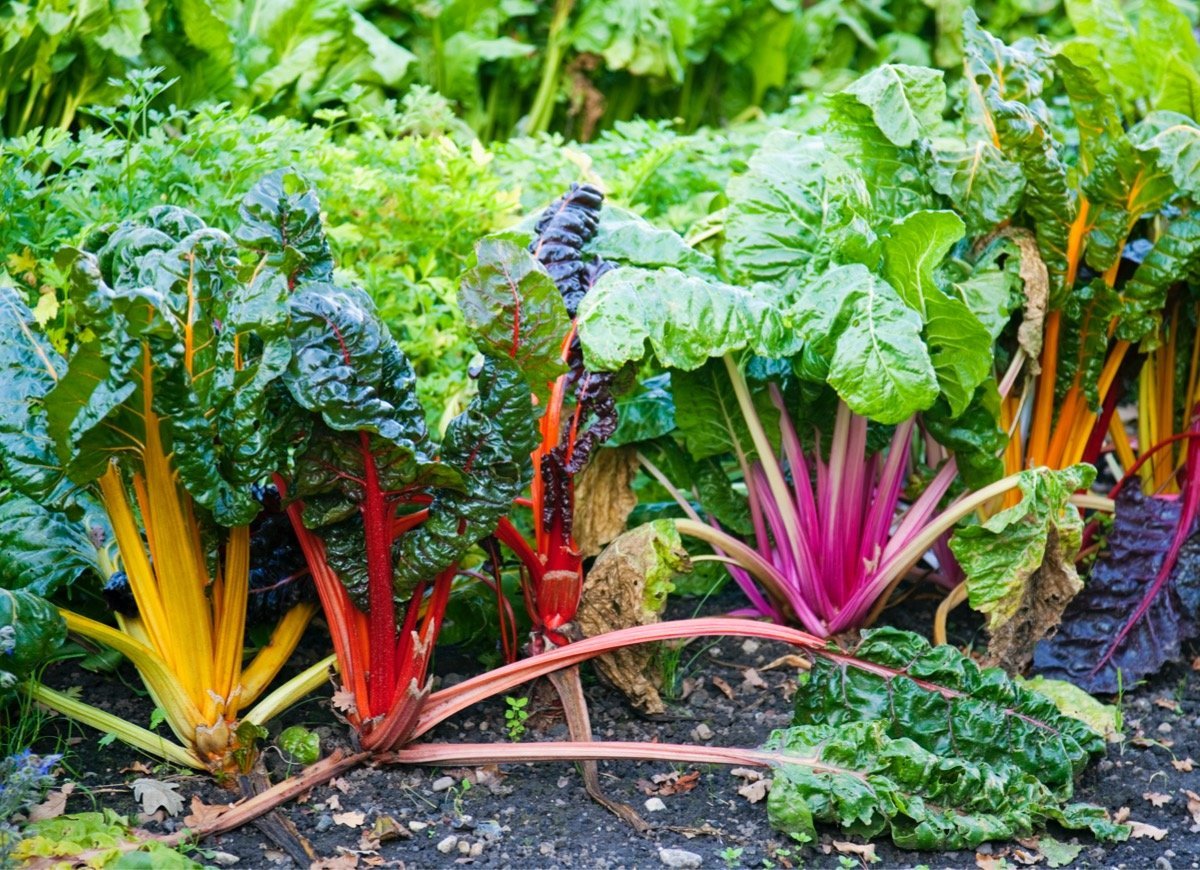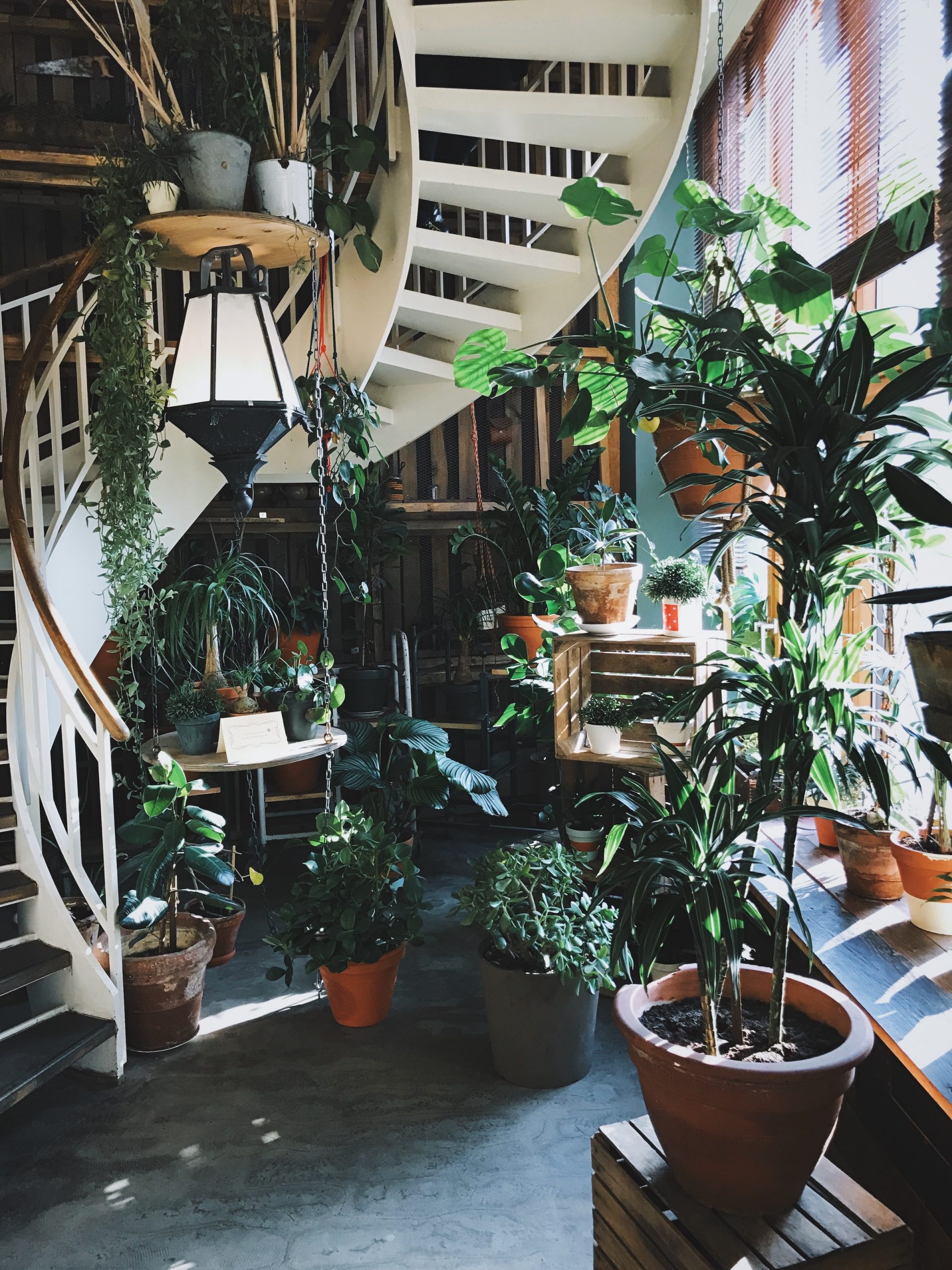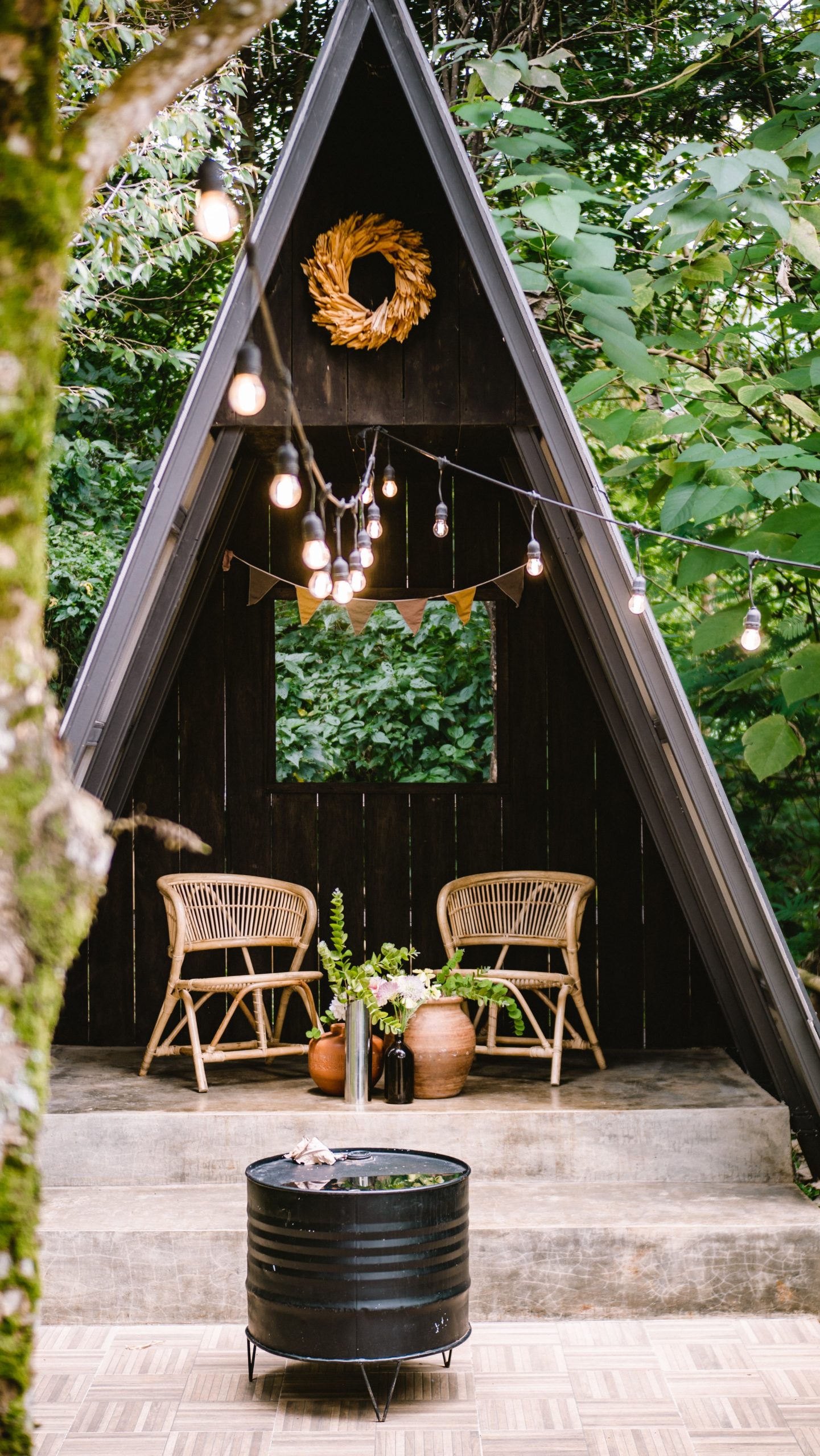No matter where you live, some plants can withstand the coldest temperatures, frost and sometimes even snow. A thriving garden doesn’t have to stop when summer arrives. With a bit of preparation and planning, you can grow vegetables in winter and even all year round if you live in a warmer climate. Vegetables that can be planted now will be sweeter and tastier if they survive the frost. When frost arrives, many cold season vegetables naturally react to the cold and release extra sugars that make some bitter-tasting vegetables sweeter. Get ready NOW to have the garden you’ve always wanted this fall/winter! You don’t have to worry about damaging or destroying these plants while growing them. These vegetables will grow and produce all winter long. Here’s a list of the best vegetables to plant in the fall:
1.- Canons

They look great in salads and are one of the green leafy vegetables that we can grow both directly on the ground and in containers and cultivation tables. It is important to make sure that we keep the soil sufficiently moist and that it has a good supply of organic matter because it requires soil rich in nutrients. Place the lamb’s lettuce in a sunny space because they grow best with good sun exposure. In just 50 to 60 days, you will have your organic lamb’s lettuce ready to harvest. See what it takes to grow lamb’s lettuce.
2.- Onion

There are many different onions, choose the ones you like the most, and best adapt to the area’s climate (to plant the onions) to get better results. It is essential that you water them regularly. But make sure they do not have excess water! Place them in an area with good sun exposure (they can usually adapt to areas with semi-shade). Depending on the variety of onion that you sow, you can start harvesting it between 60 and 120 days. Find more information about growing onions here.
3.- Cabbage, Red Cabbage and Cabbage
/growing-and-caring-for-cabbage-plants-1402815-4-42a06f135816449286b60694cf6bd30c.jpg)
It is a type of cultivation that requires soils rich in organic matter. For this, you can incorporate worm humus or compost into the cultivation soil. It is a very sensitive vegetable to drought; so it would be good to use drip or exudate irrigation to ensure that the soil’s humidity is optimal and constant without wasting water. Cabbages need good sun exposure; direct light improves their development.
4.- Cauliflower

Cauliflower seeds take very little time to germinate; they hardly need a week. Of course, you must keep the seedbeds at an average temperature of 14ºC. Cauliflower is a demanding crop when it comes to water. You will need generous and abundant waterings. Avoid growing cauliflower if you are in a dry area with little rainfall. It is important to cover it with the leaves to prevent cauliflower from having a bitter taste due to sun exposure. That is why it is preferable to grow it in semi-shade. Read more about growing cauliflower.
5.- Parsnip

It is a root vegetable that resists the cold well. Its cultivation does not usually have many problems, so it is an excellent vegetable to grow if you start in the world of horticulture. With parsnip, we can opt for direct sowing, and we can also prepare seedbeds or seedlings. As it is a root vegetable, we must make sure that the soil has good depth, is well aerated and spongy and not caked. Also, check that there are no stones or large clods of earth that could hinder the development of the parsnip.
Want to know what other vegetables you can grow during this season? Check out the first, third, and fourth parts of this article!




3 thoughts on “Cool-Season Vegetables to Plant in Fall (Part 2)”